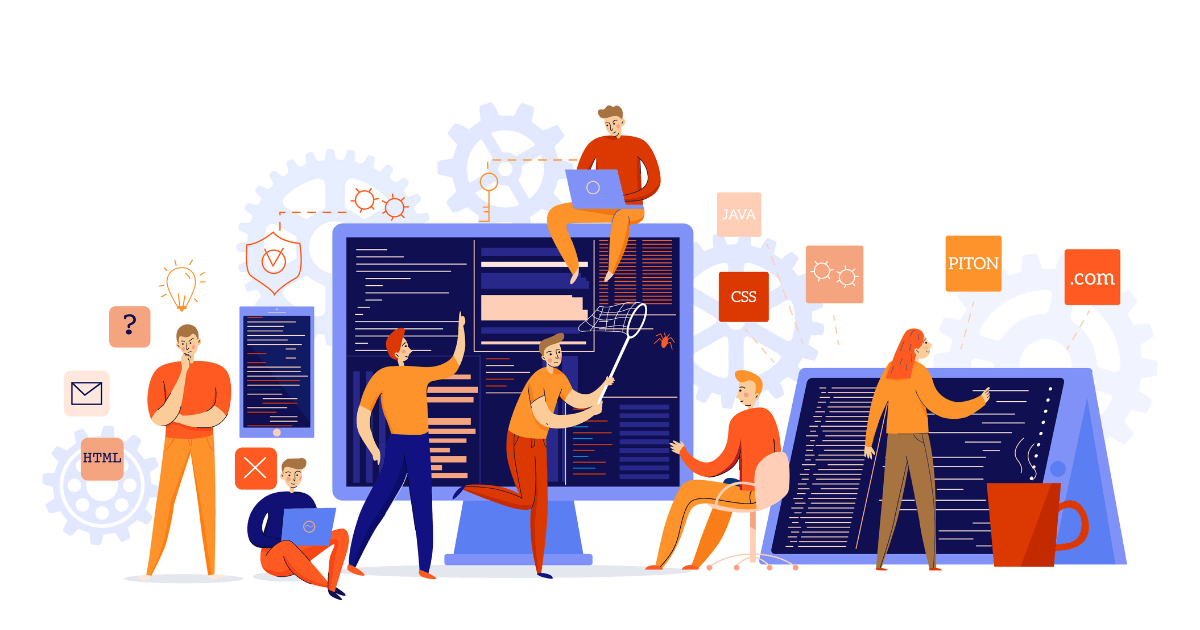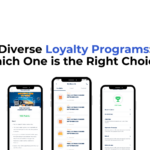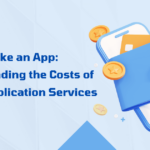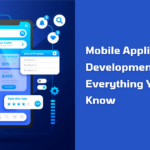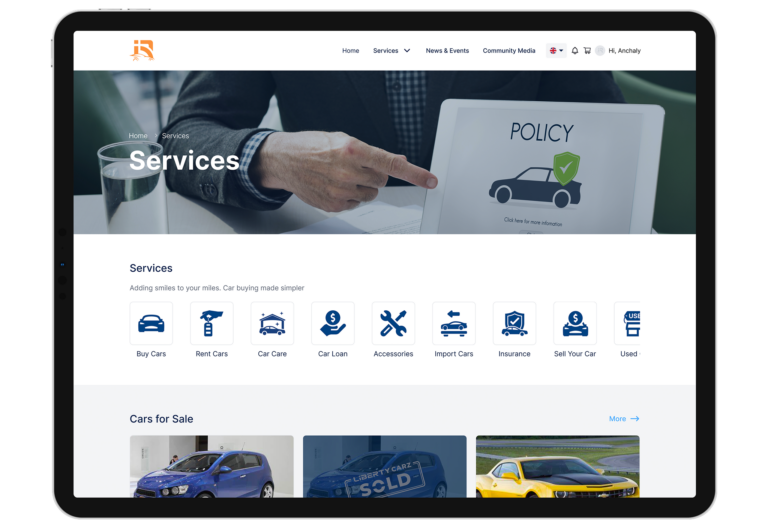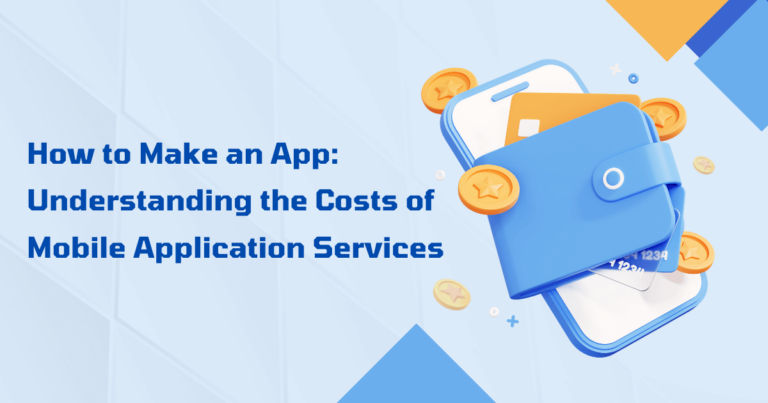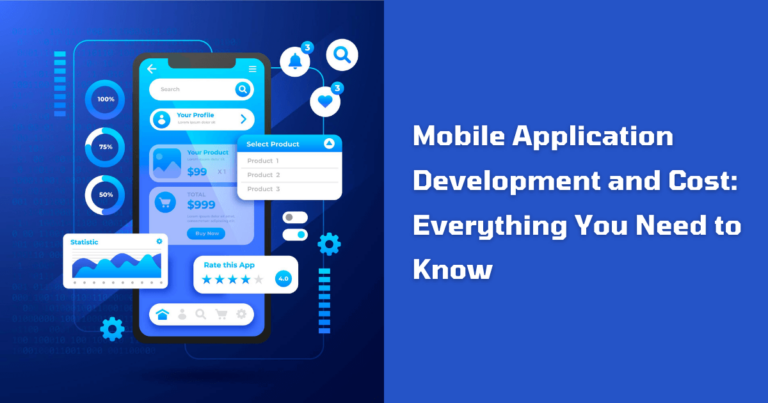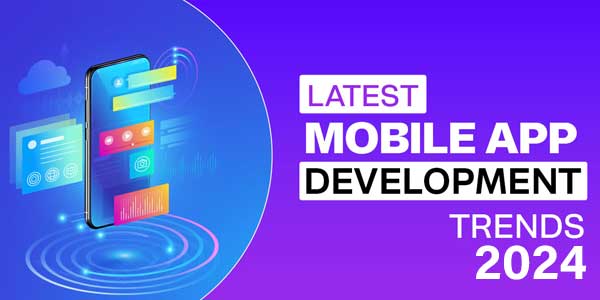Understand how customers interact with your digital platforms. Identify opportunities to enhance their experience and drive engagement. Discover how web & app development can transform your business or launch your tech career.
This comprehensive overview breaks down the fundamentals, giving you a strong foundation to understand the power of digital development. Learn about the essential tools, technologies, and processes behind creating the digital experiences we rely on daily.
Why do businesses need a website or mobile app?
To compete in the digital world, it is important to establish a strong online presence with a website or mobile app. It will make your business accessible 24/7, therefore expanding your potential customer base.
Even so, establishing a high-quality web or mobile application can be difficult, especially if you lack the required internal technical abilities or expertise. Therefore, at Liberty Technology, we are devoted to helping you improve your business with our web & app development services.
Liberty Technology offers a comprehensive suite of development services to elevate your digital presence. Our expertise includes:
- Web Development: We build fast, user-friendly websites and SaaS applications, optimizing design and integrating marketing tools for a seamless experience.
- Mobile App Development: Our feature-rich native and hybrid mobile apps deliver functionality with exceptional user experiences tailored to your specific industry.
- Custom Software Development: We create personalized software solutions that perfectly address the unique needs of your business and users.
- Digital Transformation Consulting: Partner with our experts to strategize, build, and scale transformative digital initiatives, ensuring your success in the digital landscape.
Don’t miss out! Contact Liberty Technology now to seize digital opportunities and drive your business forward.
Email: [email protected]
Phone: 023 868 683
Understanding web development
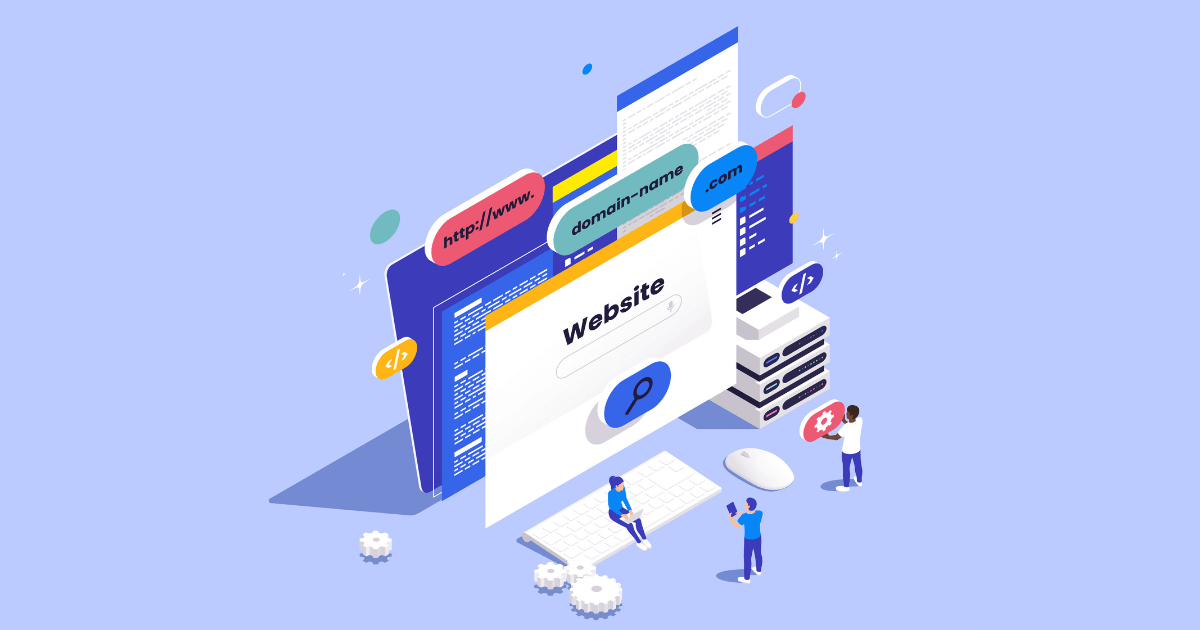
Don’t get left behind in this digital world. If you are a business owner in this digital era, you should understand how a simple website can help advance your business to another level. In this section, we will walk you through the basics of understanding web development, from the definition to the detailed processes of creating a basic website.
1. What is a web or website?
A website consists of several linked web pages. These web pages are documents written in HTML (Hypertext Markup Language). They contain text, pictures, videos, and other digital files that are hosted on one domain name. Imagine it as a digital space, similar to a house, where various rooms, or web pages, are interconnected.
2. Key Components of a website
- Domain Name: This is the web address people type to reach your site. A domain consists of two components, such as second-level domain (SLD) and top-level domain (TLD). Learn more about domain names here.
- Web pages: These are individual documents written in HTML (Hypertext Markup Language). They provide the structure and content of your website.
- Content: Text, photos, videos, links, and other elements make up your website.
- Web server: a machine that hosts the files for your website and allows anyone with an internet connection to view them.
3. Types of websites
- Business Websites: Your online headquarters, showcasing your company’s value to potential customers. Key elements include About Us, Products/Services, Contact Information, and more, designed to build trust and drive conversions.
- Blogs: These dynamic websites offer a platform for sharing knowledge, opinions, or personal experiences through regularly updated written content. Explore a wide range of interests with technology blogs, educational blogs, travel blogs, lifestyle blogs, and more.
- E-commerce Websites: Your online marketplace for buying and selling products. Key features like Product Catalogs, Shopping Carts, and Secure Payment Gateways make shopping a breeze. For example: Amazon, Alibaba, and more.
- Portfolio Websites: These websites highlight the skills and achievements of artists, designers, writers, and other creative professionals. Key elements include stunning visual presentations, insightful case studies, and compelling client testimonials. For example: portfolios of photographers, videographers, architects, freelance developers, and more.
- Informational Websites: Focus on providing knowledge and resources on specific topics. Key elements include accurate and well-researched content, organization, and cited sources. For example: Wikipedia, government websites, or educational resource sites.
Exploring app development

Unlock the potential of mobile apps for your business! In this section, we’ll cover the fundamentals of app development, empowering you to create impactful digital solutions.
1. What is an app?
An application, often shortened to “app,” is a software program designed specifically for mobile devices like smartphones, tablets, or smartwatches. Unlike the broad software on your computer, apps are built for focused tasks or entertainment. You need to download and install them on your device to use them.
2. Key components of an app
Front-end components
This is everything a user sees and interacts with in a mobile app. It is the first thing users judge, so an attractive and intuitive design draws them in. Here are some sub-components of a mobile app front-end.
App Layout
- Frameworks: UI frameworks often provide layout systems (e.g., Flexbox in React Native, Constraints in Swift UI).
- XML/Markup: Languages like XML (Android) or declarative UI structures (Flutter, SwiftUI) define layout.
App Visuals
- Stylesheets: CSS or similar (e.g., StyleSheet in React Native) define colors, fonts, and spacing.
- Image assets: Icons and images are included as separate files.
Navigation
- Components: Menus, tabs, and buttons are built with UI components.
- Navigation Libraries: These may be used to manage screen transitions and state.
Input elements
- Pre-built Components: Provided by UI Frameworks (e.g., TextField, TextInput, pickers).
Back-end components
While the front-end is what users see, the back-end is the hidden engine that makes everything work. Key components include:
Servers
Servers are powerful computers that host the back-end code and databases of the app. These handle requests coming from the app and send back the necessary data.
Databases
Databases are structured systems that store and organize all the app’s crucial information. This could include user profiles, product inventories, or anything else the app needs to function.
APIs (Application Programming Interfaces)
These are like bridges that allow the front-end and back-end to talk to each other. APIs define how the app requests data or performs actions on the server.
3. Types of app
Native Apps
These apps are built for a specific platform (iOS or Android) using their native programming languages (Swift/Objective-C for iOS, Java/Kotlin for Android). They offer the best performance and access to all device features. You can find these apps on Apple App Store and Google Play Store.
Web App
A web application (web app) is software you access directly through your web browser (Chrome, Safari, etc.). They’re built using web technologies (HTML, CSS, and JavaScript) and don’t require downloads or installation. This means you can use them on any device with an internet connection. Here are some examples of web apps: Gmail, Google Docs, Facebook, X (formerly Twitter), and many more.
Hybrid App
A hybrid app is a combination of both native and web apps. Hybrid apps are built with web technologies (HTML, CSS, JavaScript), like a web app. The core code is packaged into a thin native app container, allowing it to be distributed through App Store and Play Store. Hybrid apps can access some device features (camera, GPS, etc.) that basic web apps cannot.
Modern Development Trends of Web & App
Progressive Web Apps (PWAs)
Progressive Web Apps (PWAs) are a powerful trend in web development. These apps offer the benefits of both traditional websites and native mobile apps. They’re installable to a home screen, provide offline functionality, load quickly, and can even utilize features like push notifications. PWAs blur the lines between web and app experiences, providing a seamless and accessible user experience, particularly beneficial for mobile users.
The rise of low-code development platforms
Low-code development platforms are revolutionizing the way we build software. These tools offer visual, drag-and-drop interfaces for creating apps, significantly reducing the need for extensive coding. This leads to faster development times and makes app creation accessible to businesses and individuals without specialized technical backgrounds. Ultimately, low-code platforms democratize development, driving innovation and allowing more people to solve problems through custom software solutions.
Artificial Intelligence (AI) Integration
The integration of Artificial Intelligence (AI) is transforming how apps function. AI algorithms can power a wide range of features, from image recognition and natural language processing in chatbots to in-depth data analysis. This translates to significant benefits: apps deliver personalized experiences for each user, automate routine tasks, and uncover valuable insights from data. Ultimately, AI integration makes apps smarter and more responsive to individual needs, leading to increased efficiency and user satisfaction.
In summary, we hope this article gives you a comprehensive overview of web & app development. From building brand awareness to streamlining processes, websites and apps offer businesses a competitive edge. Embrace the power of web and app development to reach new customers, enhance user experience, and drive growth.
Frequently Asked Questions (FAQ)
What are the popular technologies and languages used for web development?
Here are some top tools that empower developers to create amazing digital experiences.
Front-End
- Core Languages:
- HTML (HyperText Markup Language): Forms the structure and content of web pages.
- CSS (Cascading Style Sheets): Controls styling, layout, and visual presentation.
- JavaScript: Adds interactivity, dynamic elements, rich functionality, and powers modern web applications.
- Popular Frameworks and Libraries:
- React: Highly efficient library for building complex user interfaces.
- Angular: A robust framework for large-scale, single-page applications.
- Vue.js: An approachable framework known for its flexibility and ease of use.
Back-End
- Languages
- Python: Versatile language, popular for its readability and extensive libraries (Django, Flask frameworks).
- JavaScript (with Node.js): Allows use of the same language for both front-end and back-end development.
- Java: Powerful language used in enterprise-level applications (Spring framework).
- PHP: Widely used, beginner-friendly language for web development (Laravel framework).
- Ruby: Known for its elegance (Ruby on Rails framework).
- Databases
- MySQL: Popular relational database.
- PostgreSQL: Advanced object-relational database.
- MongoDB: Flexible NoSQL database for handling large volumes of unstructured data.
How does a website work?
First, to view a website, the user must type in the web address (URL) in their browser’s address bar. For example: (https://libertytechnology.co/).
Second, the browser sends a request to the web server hosting your website. It asks the web server for permission to see the website.
Third, if the request is successful, it sends all the website files back to the user’s browser.
Finally, the user’s browser translates the code. It uses instructions (HTML, CSS, and JavaScript) to build the website you see on the screen.
Why User Experience (UX) is important in web & app development
User Experience (UX) plays a pivotal role in the success of any web or mobile application. Focusing on the ease, intuitiveness, and overall enjoyment of using a product significantly impacts user satisfaction, brand loyalty, and conversion rates. In today’s competitive digital landscape, prioritizing excellent UX is not just an additional feature, but a key differentiator that can determine whether your app thrives or gets lost in the crowd.

